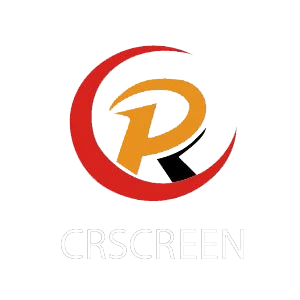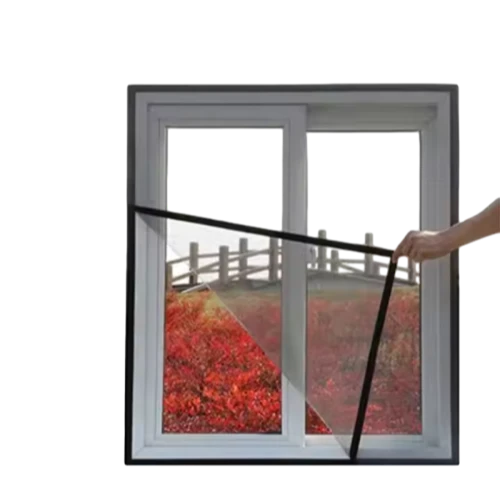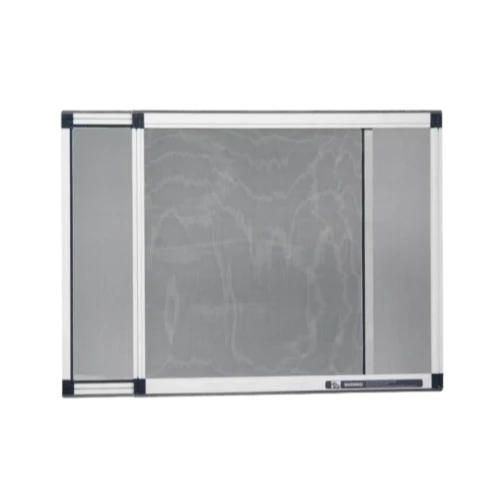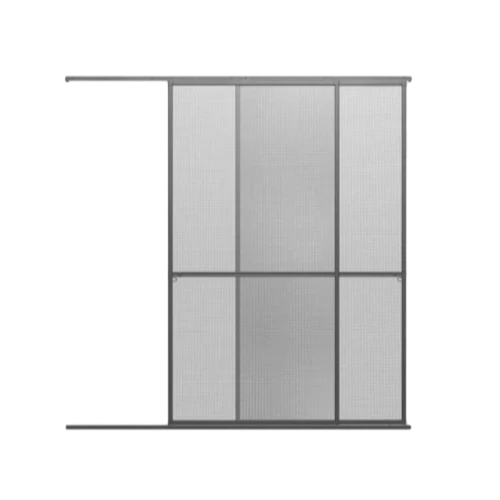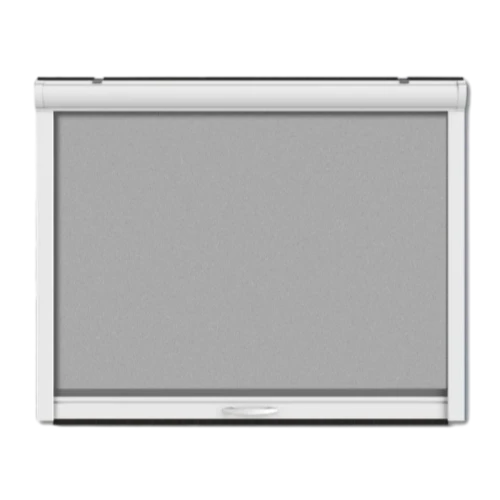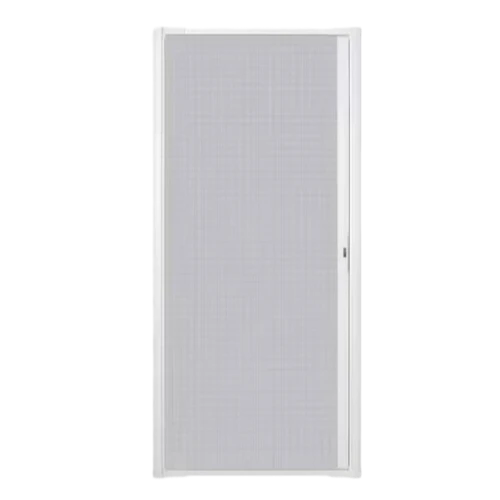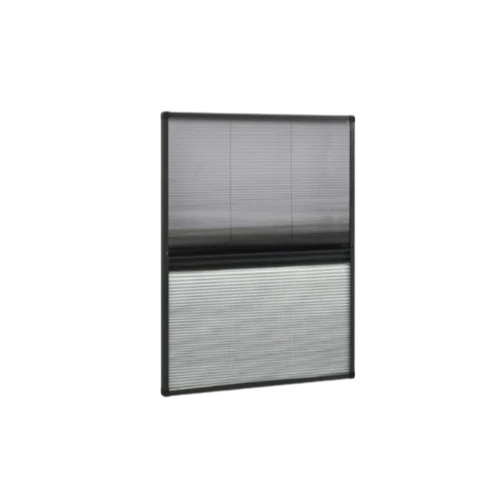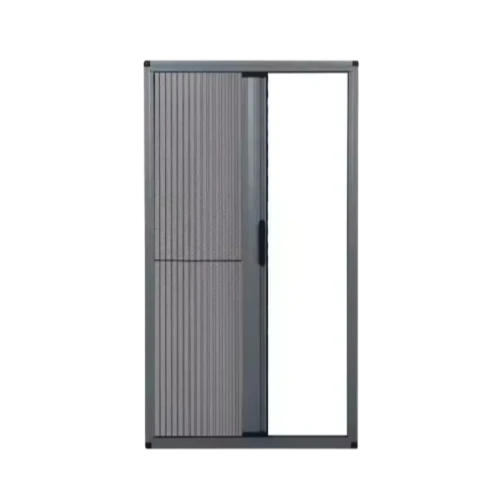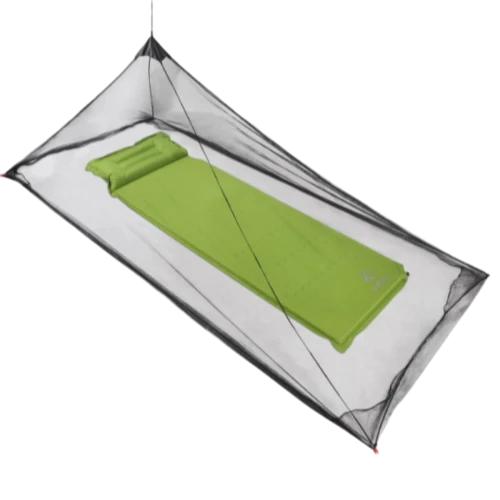Jun . 05, 2025 17:50 Back to list
Premium Pest Screen Mesh Stop Pests Today! Buy Online
- The Critical Role of Pest Screen Mesh in Modern Protection
- Material Science: What Sets Premium Mesh Apart
- Technical Specifications and Performance Data
- Choosing the Right Supplier: A Comparative Analysis
- Custom Solutions for Unique Challenges
- Real-World Applications Across Industries
- Future-Proofing with Pest Control Screen Mesh Innovations

(pest screen mesh)
The Critical Role of Pest Screen Mesh in Modern Protection
Vertebrate intrusion causes over $20 billion in annual agricultural losses globally while insects destroy approximately 20% of stored grains worldwide. Industry-leading pest screen mesh
forms the first defense line, blocking organisms as small as 0.25mm while maintaining 85%+ airflow transparency. Unlike conventional screens failing within 2-3 seasons, premium stainless steel micro-mesh withstands rodent teeth exerting 7,000 PSI pressure and retains structural integrity for 10+ years even in coastal environments. These barriers simultaneously address three critical needs: eliminating pesticide dependence, preserving ventilation efficiency, and providing permanent physical exclusion.
Material Science: What Sets Premium Mesh Apart
Superior alloys distinguish professional-grade pest wire mesh from commercial alternatives. Marine-grade 316 stainless steel contains 2-3% molybdenum, resisting salt corrosion 5x longer than standard 304 variants. When testing ultraviolet stability, polymer-coated versions retain 98% tensile strength after 10,000 hours of UV exposure – equivalent to 15 years in subtropical zones. For chemical resistance, titanium-reinforced meshes withstand acidic bat guano (pH 3.5) without pitting. Aircraft-inspired weaving techniques create seamless junctions where wires overlap, eliminating weak points exploited by pests. These material innovations translate to maintenance intervals extended from annual replacements to decade-long service life.
Technical Specifications and Performance Data
Precision engineering determines exclusion capabilities. Mesh count refers to openings per linear inch, with specifications varying by target species:
- Rodent exclusion: 19 gauge with 0.5" x 0.5" apertures
- Bird prevention: 1" x 1" hex pattern using 20 gauge wire
- Insect barriers: 30x30 micro-mesh screening (0.023" diameter wire)
Structural stability tests show quality pest control screen mesh resists wind loads exceeding 150 MPH when properly framed, surpassing hurricane building codes. Backed by empirical data from facilities like Florida's Agricultural Research Center, certified mesh blocks 100% of mosquitoes carrying Zika and West Nile viruses when installed according to CDC guidelines. These exacting standards are verified through ISO 1806 mesh testing protocols measuring burst strength, tear resistance, and dimensional stability under environmental stressors.
Choosing the Right Supplier: A Comparative Analysis
Vendors diverge significantly in quality assurance processes and technical support. Top manufacturers implement robotic optical scanning detecting weaving defects at micron-level precision, while budget operations rely on human visual inspection missing 22% of micro-fractures according to ASTM audits. This table highlights critical differentiation points:
| Feature | Premium Supplier | Standard Supplier | Economy Supplier |
|---|---|---|---|
| Corrosion Warranty | 15 years | 5 years | 1 year |
| Wire Tensile Strength | 120,000 PSI | 95,000 PSI | 65,000 PSI |
| Mesh Consistency Tolerance | ±0.003" | ±0.010" | ±0.025" |
| Custom Fabrication | CAD-designed frames | Standard sizes only | No custom options |
Custom Solutions for Unique Challenges
Specialized environments demand engineered adaptations. Food processing facilities requiring USDA compliance benefit from electropolished mesh with 7RA surface finish, eliminating microscopic crevices where bacteria proliferate. In vineyards, copper-infused pest screen mesh creates ionic barriers that repel slugs without chemicals, reducing mollusk damage by 87% in Napa Valley trials. For historical buildings, nearly invisible 50 micron bronze screens provide museum-grade protection that preserves architectural integrity. Modern CAD/CAM systems now enable non-rectangular installations matching complex rooflines within 1/8" tolerances, while thermal stress modeling prevents warping in environments ranging from Arctic cold storage (-40°F) to desert solar farms (160°F).
Real-World Applications Across Industries
Commercial applications demonstrate measurable ROI from properly implemented pest wire mesh systems:
Pharmaceutical Manufacturing: ISO Class 5 clean rooms at Pfizer's North Carolina facility integrated antimicrobial mesh into HVAC pathways, eliminating airborne contaminants and reducing product rejection rates by 4.2%.
Organic Farming: California berry growers documented 98% reduction in spotted wing drosophila infestation after installing perimeter micro-mesh barriers, increasing marketable yield by $11,500/acre while maintaining organic certification.
Municipal Infrastructure: Subway ventilation tunnels in New York incorporated rodent-proof baffle systems using interlocking mesh panels, decreasing track fire incidents by 37% according to MTA maintenance reports.
Future-Proofing with Pest Control Screen Mesh Innovations
Emerging technologies transform static barriers into active defense systems. Next-generation pest screen mesh incorporates piezoelectric fibers generating low-voltage pulses deterring climbing rodents without harming protected species. Solar-integrated versions now power IoT sensors that monitor structural integrity while detecting pest proximity through vibration analysis. Material scientists recently pioneered self-healing nano-coatings that seal micro-tears by releasing polymer fillers when exposed to air moisture. These advancements position pest control screen mesh as evolving technological platforms rather than passive barriers. As global warming shifts pest migration patterns, smart mesh systems represent the new standard for sustainable infrastructure protection in commercial and agricultural settings worldwide.
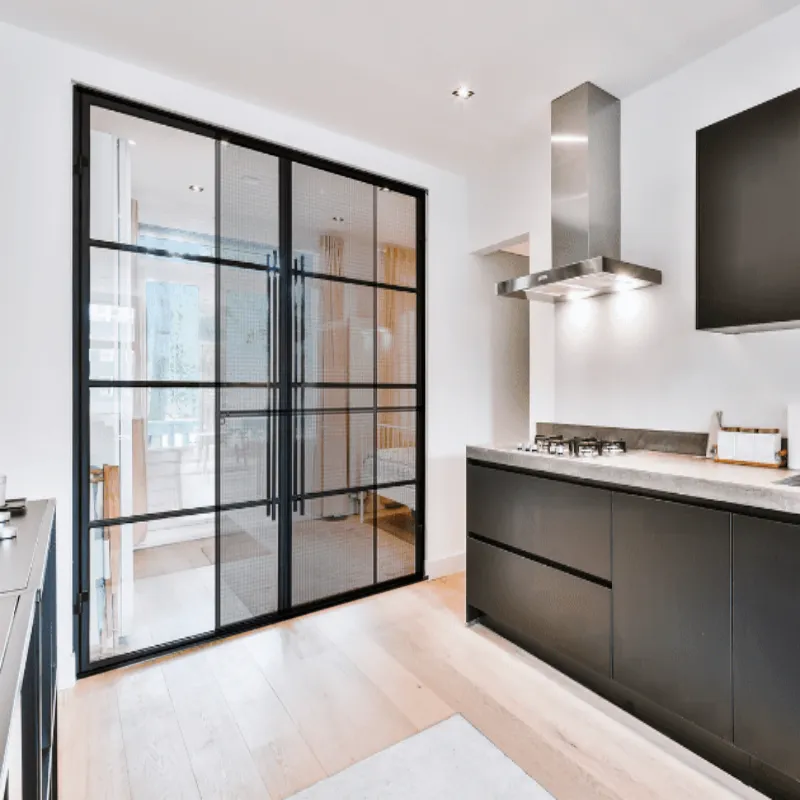
(pest screen mesh)
FAQS on pest screen mesh
Q: What is pest screen mesh used for?
A: Pest screen mesh creates a physical barrier against insects and rodents. It blocks entry through windows, doors, and vents while allowing airflow and light transmission. This preventative solution reduces reliance on chemical pesticides.
Q: How does pest control screen mesh differ from regular window screens?
A: Pest control screen mesh features smaller weave sizes (typically ≤1mm) to exclude tiny insects like no-see-ums. Its durable synthetic or stainless-steel construction withstands chewing attempts by rodents. Standard window screens lack these specialized pest-proofing properties.
Q: Which materials work best for pest screen mesh?
A: Stainless steel pest wire mesh offers superior durability against corrosion and gnawing pests. Fiberglass and polyester blends provide affordable flexibility for DIY installations. All materials must have UV-resistant coatings for outdoor longevity.
Q: Can pest screen mesh be installed on existing structures?
A: Yes, retrofit installations are common for doors and windows using magnetic strips or frame channels. For ventilation areas like soffits or chimneys, custom-sized panels secure with industrial adhesives or screws. Proper sealing of all edges is critical for effectiveness.
Q: What maintenance does pest wire mesh require?
A: Inspect quarterly for tears or separation from frames. Clean annually with soft brushes and mild detergent to remove debris that compromises barrier integrity. Replace sections immediately if damage exceeds 5% of total surface area.
Products
Latest news
-
Unveiling the Allure and Practicality of Classic Mosquito Nets
NewsJul.04,2025 -
Unraveling the World of Mosquito Nets: Varieties, Costs, and Production
NewsJul.04,2025 -
Redefining Protection and Style: The World of Mosquito Nets
NewsJul.04,2025 -
Enhancing Sleep and Style with Contemporary Mosquito Nets
NewsJul.04,2025 -
Diverse Solutions in Mosquito Netting: Sizes, Varieties, and Flexibility
NewsJul.04,2025 -
Deciphering Mosquito Nets: Significance, Varieties, and Applications
NewsJul.04,2025 -
Transforming Bedrooms into Mosquito - Free Havens
NewsJul.01,2025
